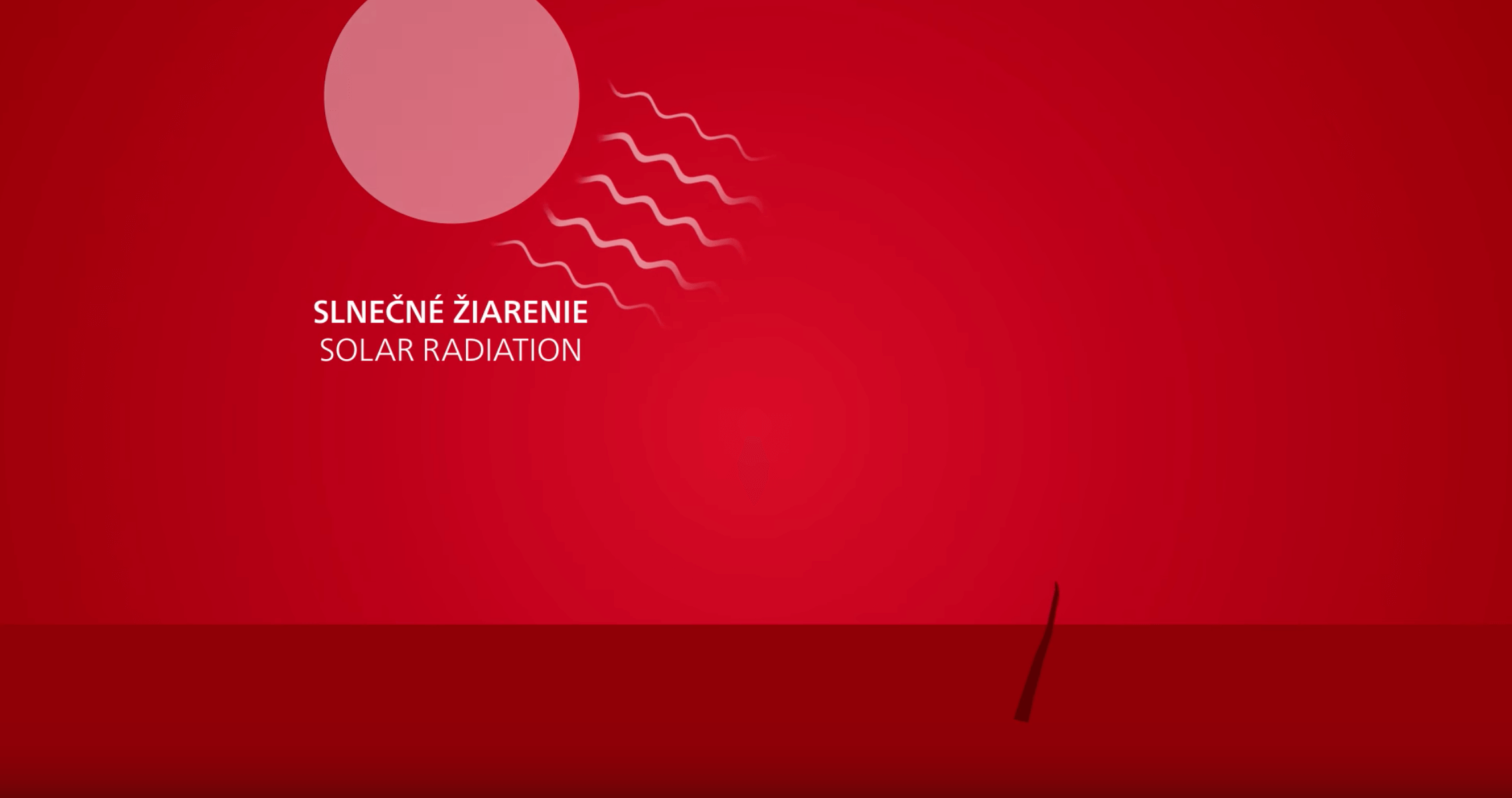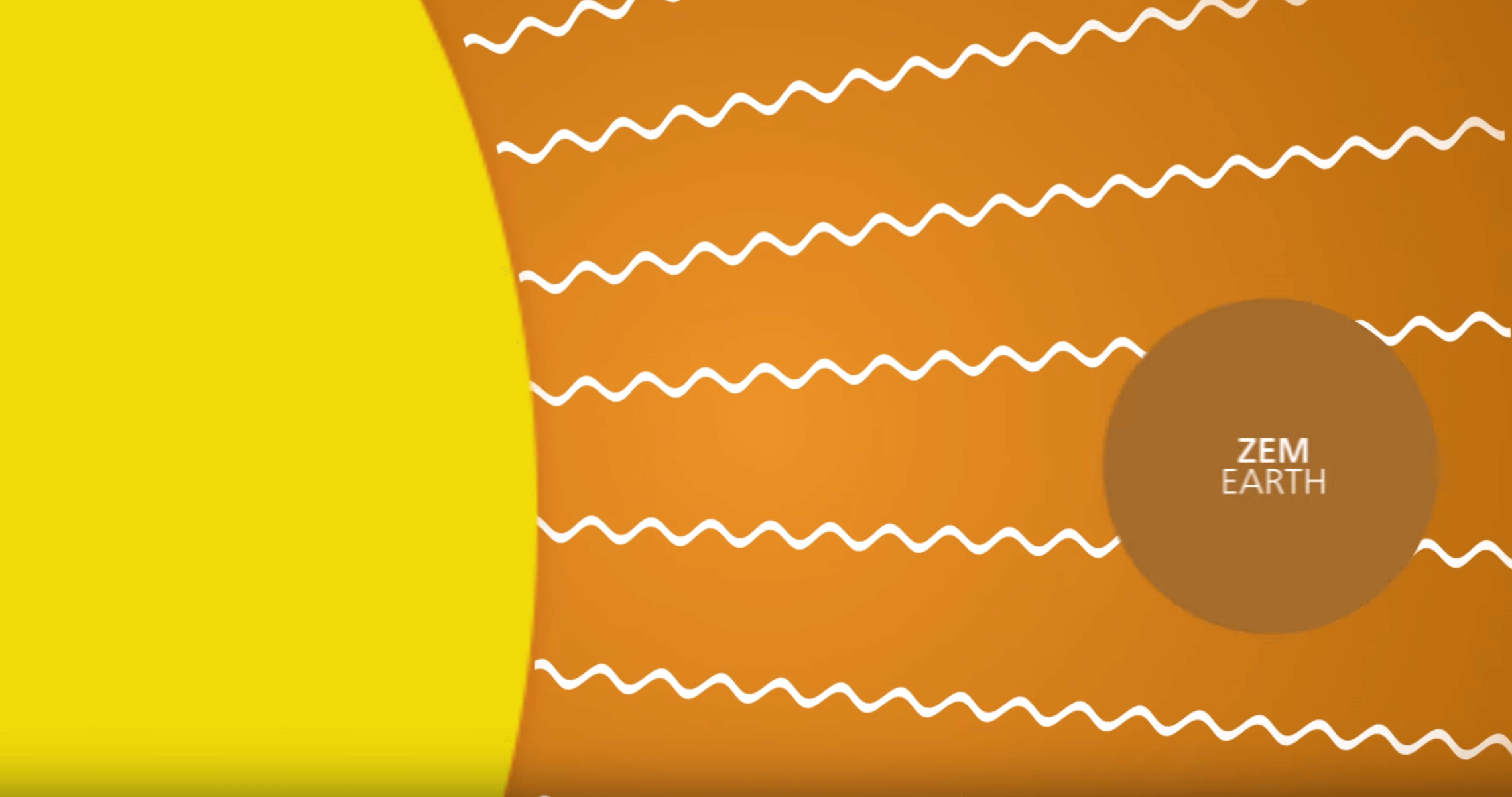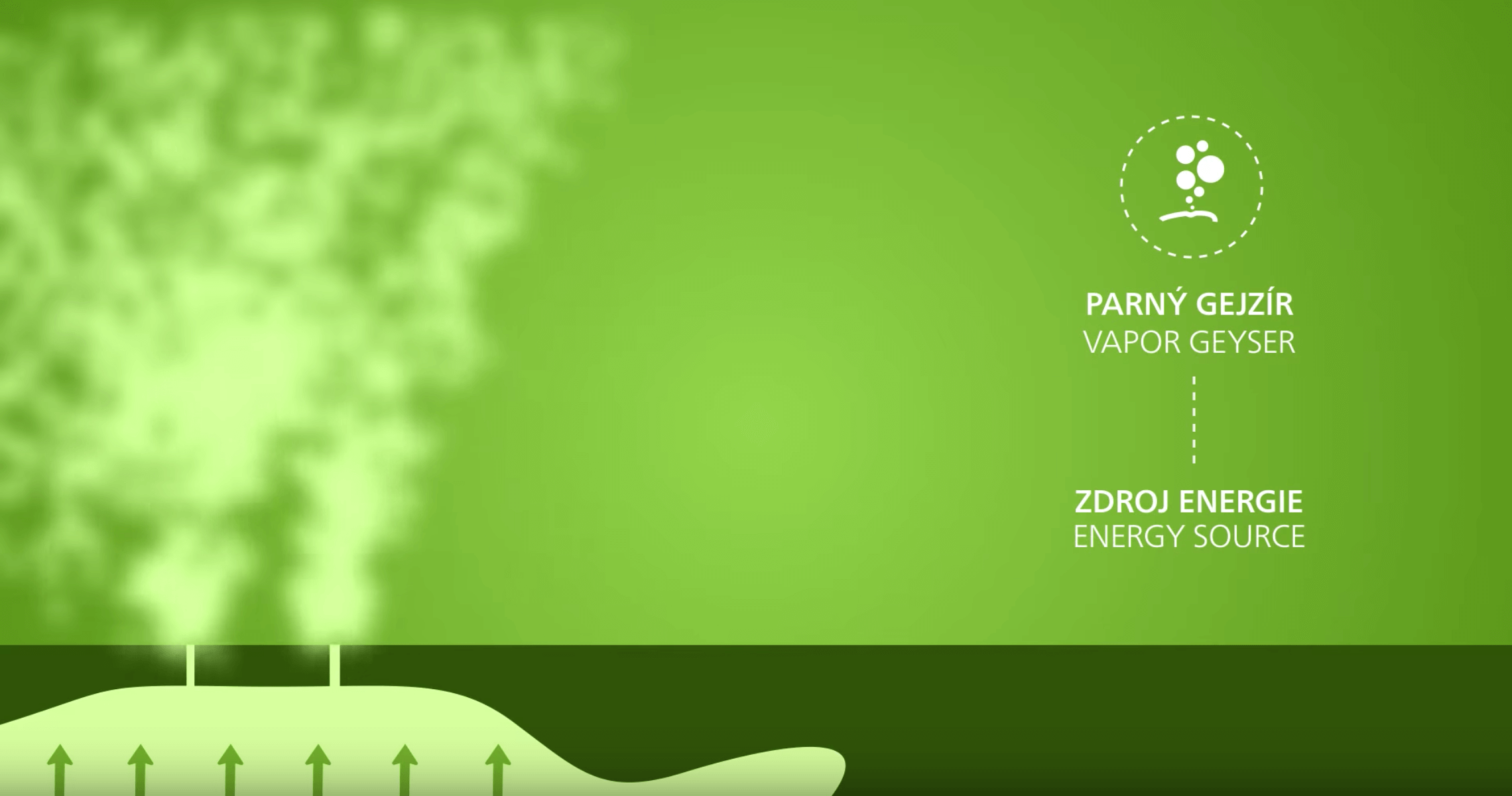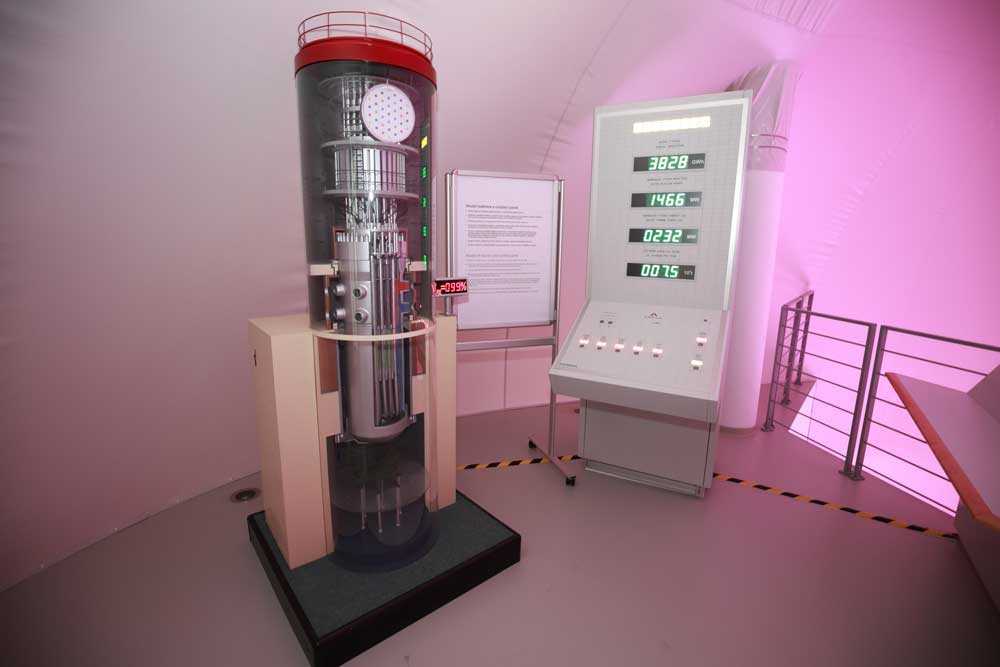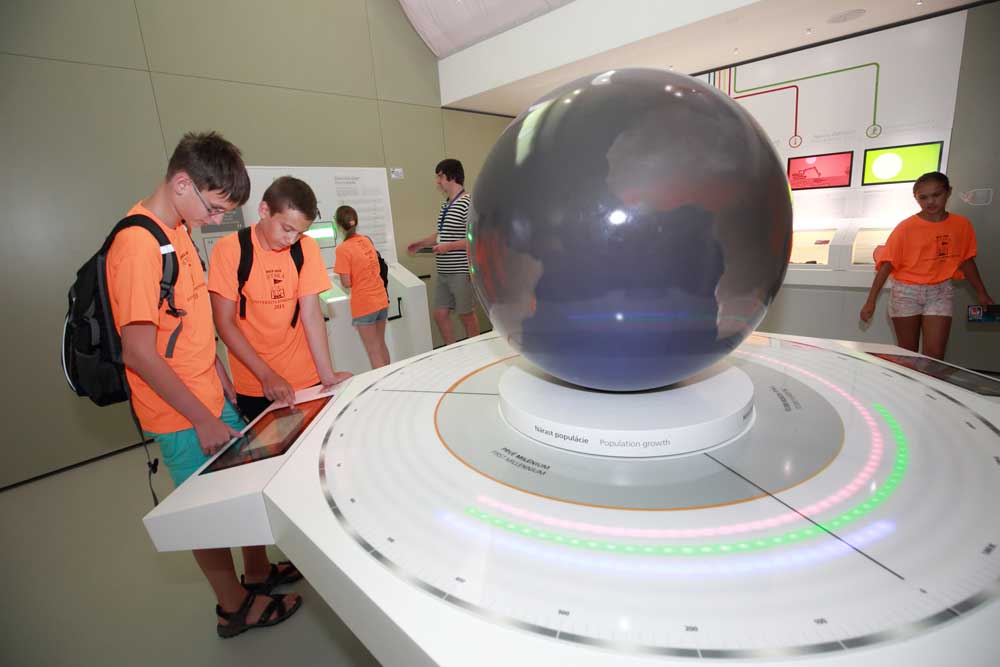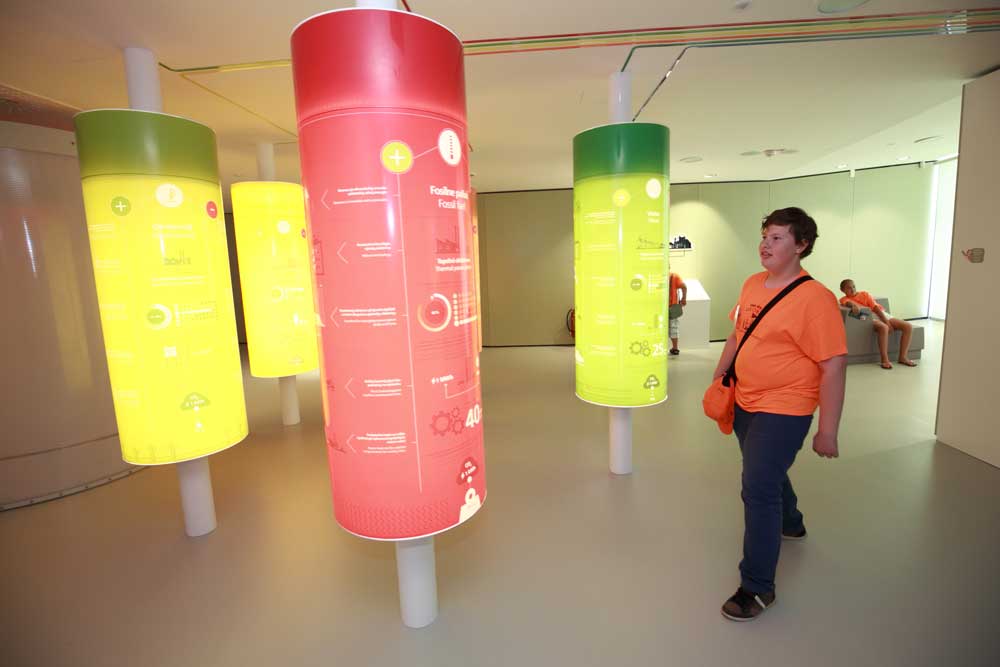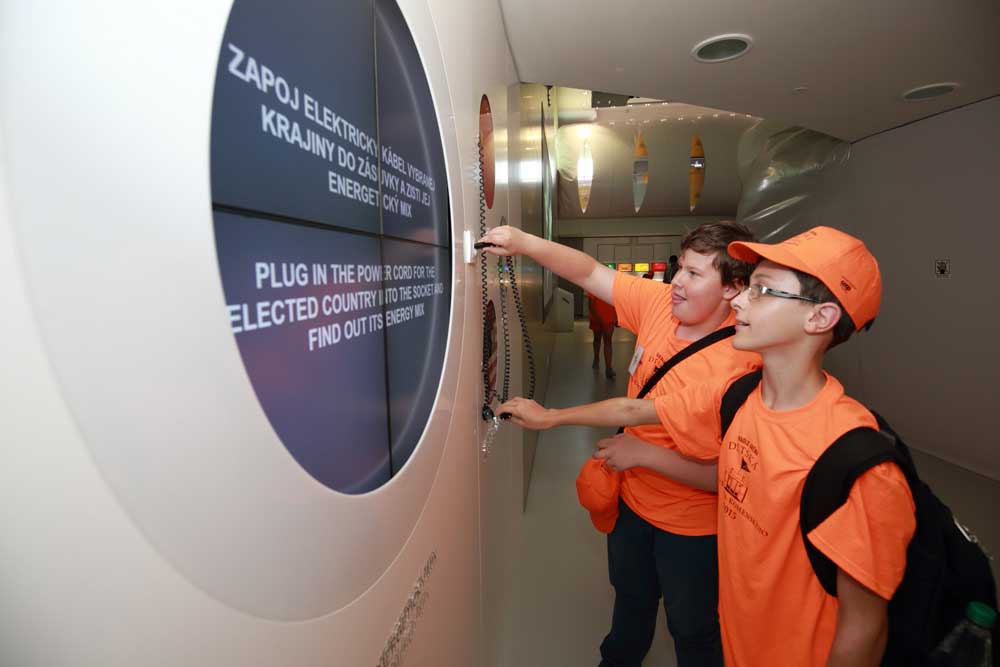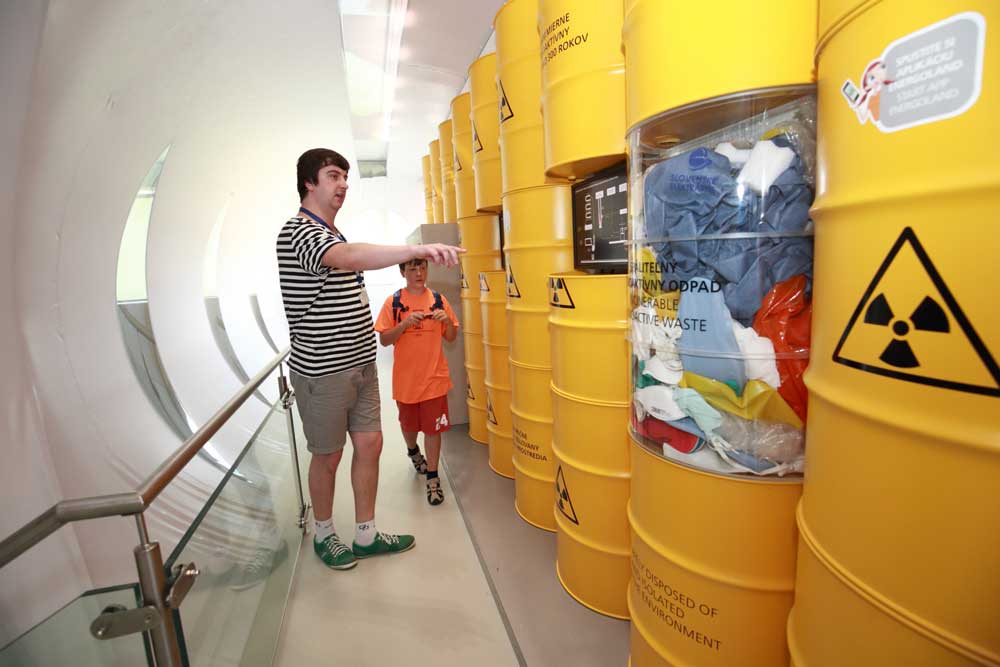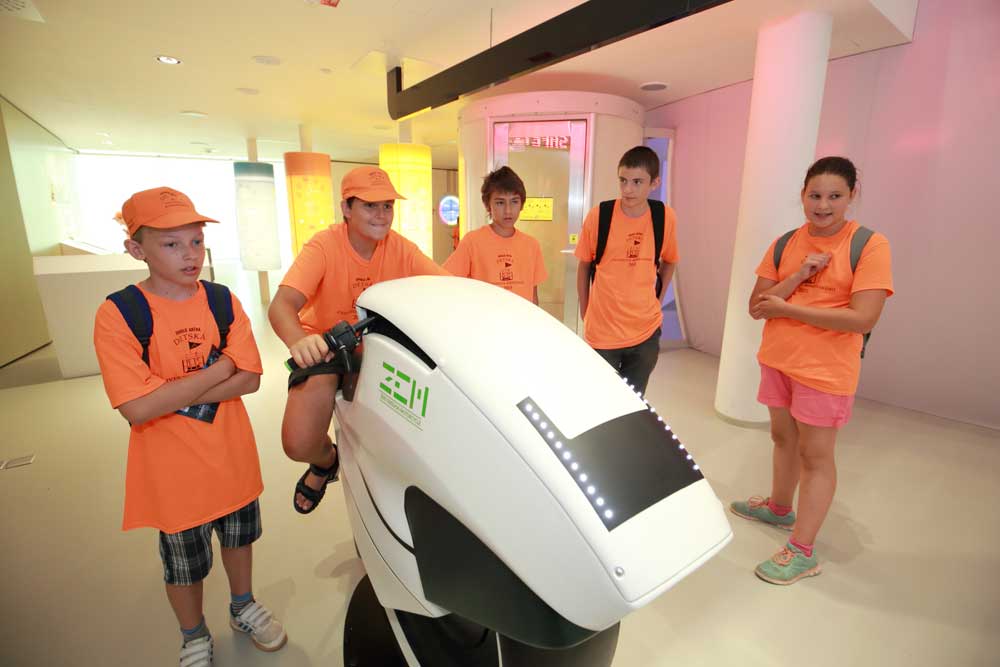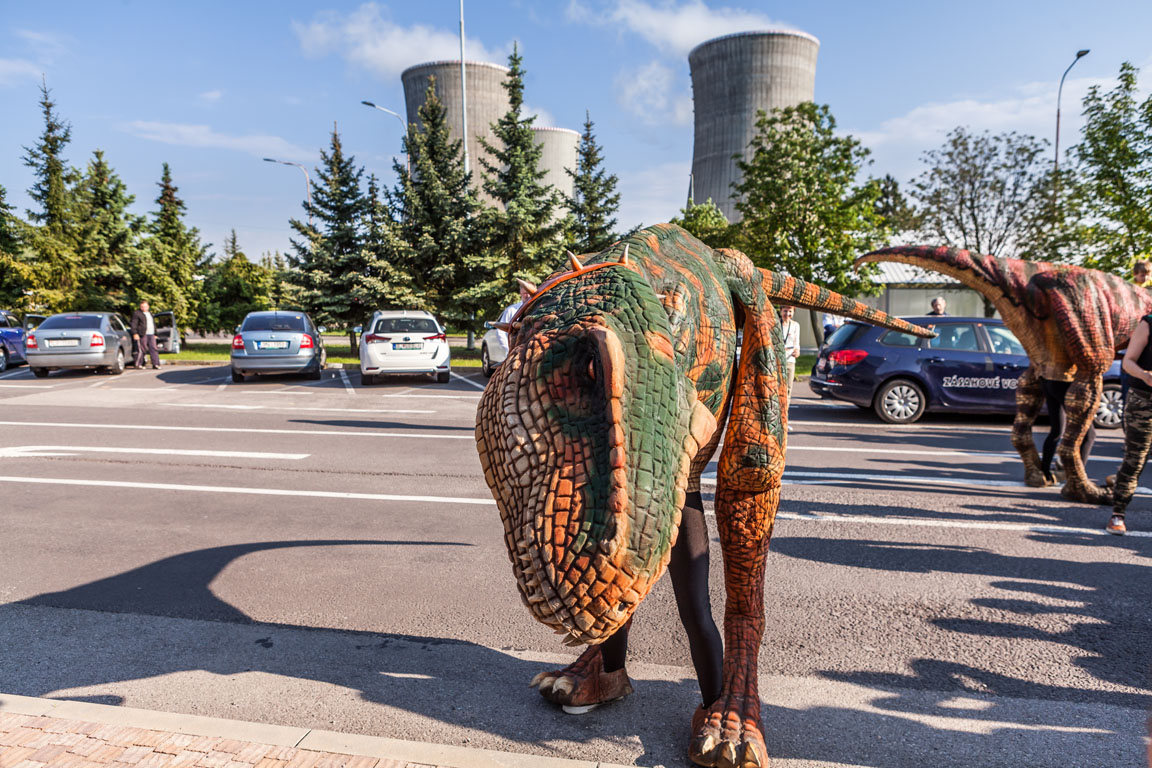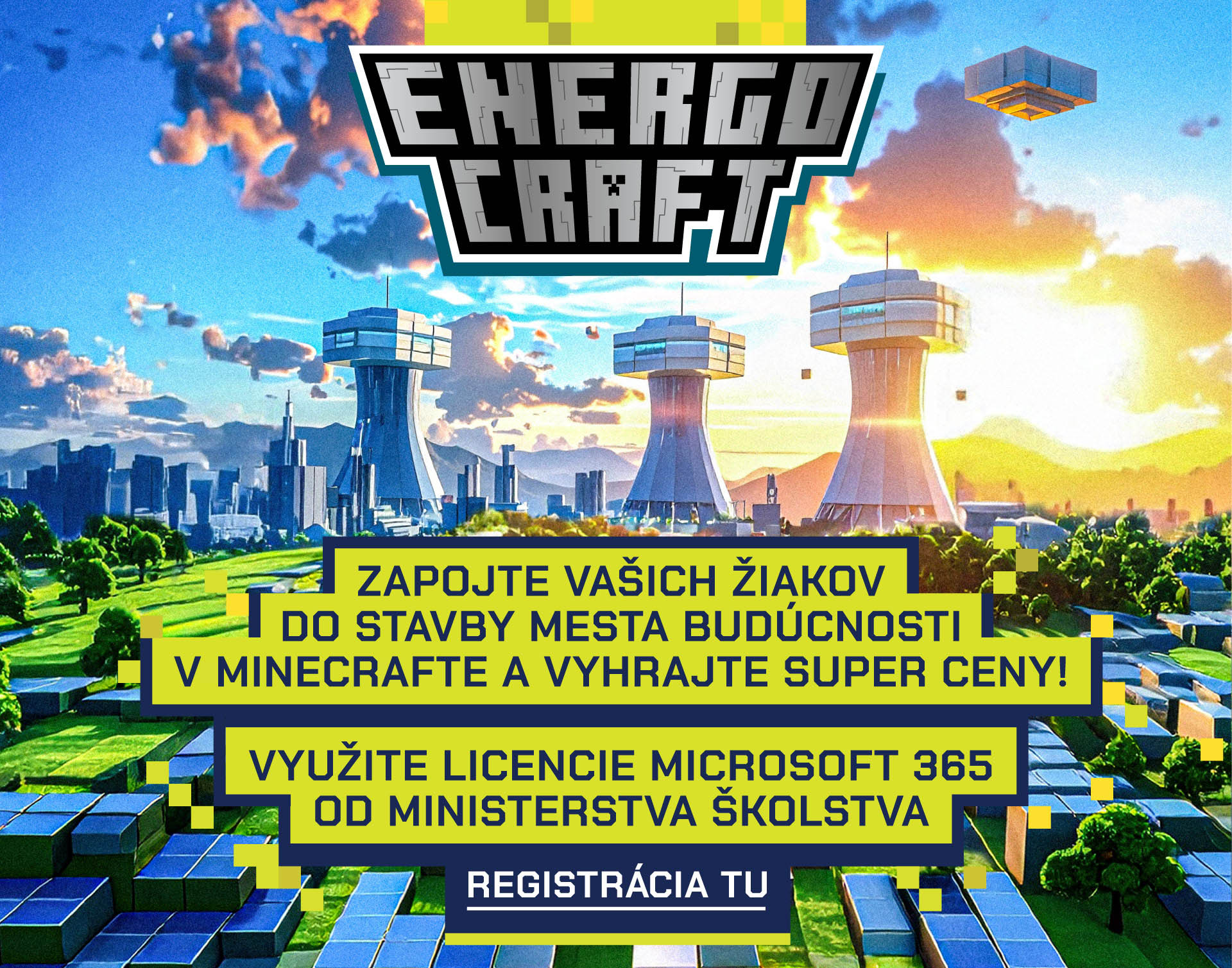Note: All information in our materials is based on trustworthy sources – international agencies such as OECD-Nuclear Energy Agency, International Atomic Energy Agency, International Energy Agency.
FOR SCHOOLS
Various content to download
We‘ve prepared various information sources that you can use during lessons at schools or when writing homeworks.
Hydro 1:18
Hydropower is the technically available potential (defined by its mass), kinetic (defined by its movement) or thermal (internal) energy of all water on Earth. It can be converted to electricity in hydroelectric power plants, where, while hitting the impeller blades, it rotates the turbine and the generator produces electric current. This renewable source of energy also serves as a coolant and a heat medium in most of the power plants, where, when heated, the water turns into steam that rotates steam turbines.
Nuclear 1:32
Nuclear power is based on the binding forces of the atomic nucleus. Nuclear energy can be released in a nuclear reaction, either by the fission (breaking) of heavy nuclei, or fusion (merger) of very light nuclei. The heat released in a nuclear reactor is transferred to the water, which then converts to high-pressure steam and rotates the turbine generator that generates electricity.
Wind 1:10
Wind is, in fact, the flow of gaseous masses attributable to balancing of the various densities and weight of these masses in the atmosphere, e.g. air pressure balancing. These pressure differences result mainly from the uneven heating of the Earth’s surface by solar radiation, but are also caused by Earth’s rotation. Flowing air spins the blades of a wind turbine. In the generator, this mechanical energy is then converted to electricity.
Fossil fuels & biomass 1:14
Fossil fuels were formed under layers of earth and without the access of air in a decomposition of buried plants and animals. According to their physical state we distinguish solid (coal), liquid (oil) or gaseous (natural gas) fossil fuels. Burning them leads to a rapid depletion of stocks that had to build up for millions of years, while also releasing waste amounts of greenhouse gas, or carbon dioxide, that was accumulating underground for very long periods. On the other hand, biomass is an agricultural waste from plants or animals, and while growing, the plants consume carbon dioxide in the process called photosynthesis. This eliminates the greenhouse gas produced when biomass is burned. Therefore, unlike fossil fuels, it is considered a renewable energy source.
Solar power 1:58
Solar is the most widespread energy on the Earth’s surface. Via photosynthesis, it transforms into trees and then into fossil fuels. The sun heats the air and seas, forming a life-giving water cycle of rains, rivers, and air currents, e.g. wind. In energy industry, Sun’s radiation is used as the heat source for the conversion of water into steam that drives the turbines (solar thermal power), or for direct conversion of photons’ into electric current’s electrons when using photovoltaic panels, e.g. solar power plants.
Geothermal 1:23
Geothermal energy is the heat generated by the decay of radioactive materials inside the Earth. It is the energy behind erupting volcanoes and geysers, or hot springs. When generating electricity, high temperature water flows from the Earth’s depths to a steam generator at a power plant, where the heat is transferred to water or a liquid gas. The so created steam, or expanding gas then spins the turbine and generates electricity. Geothermal is considered to be renewable energy, because the water from thermal wells is injected back into the ground.



